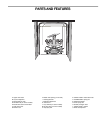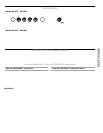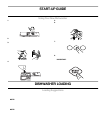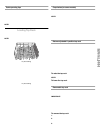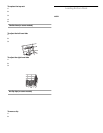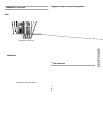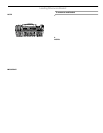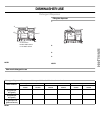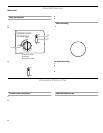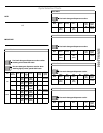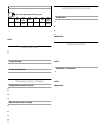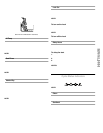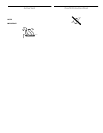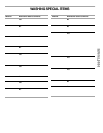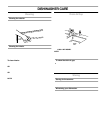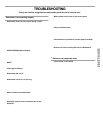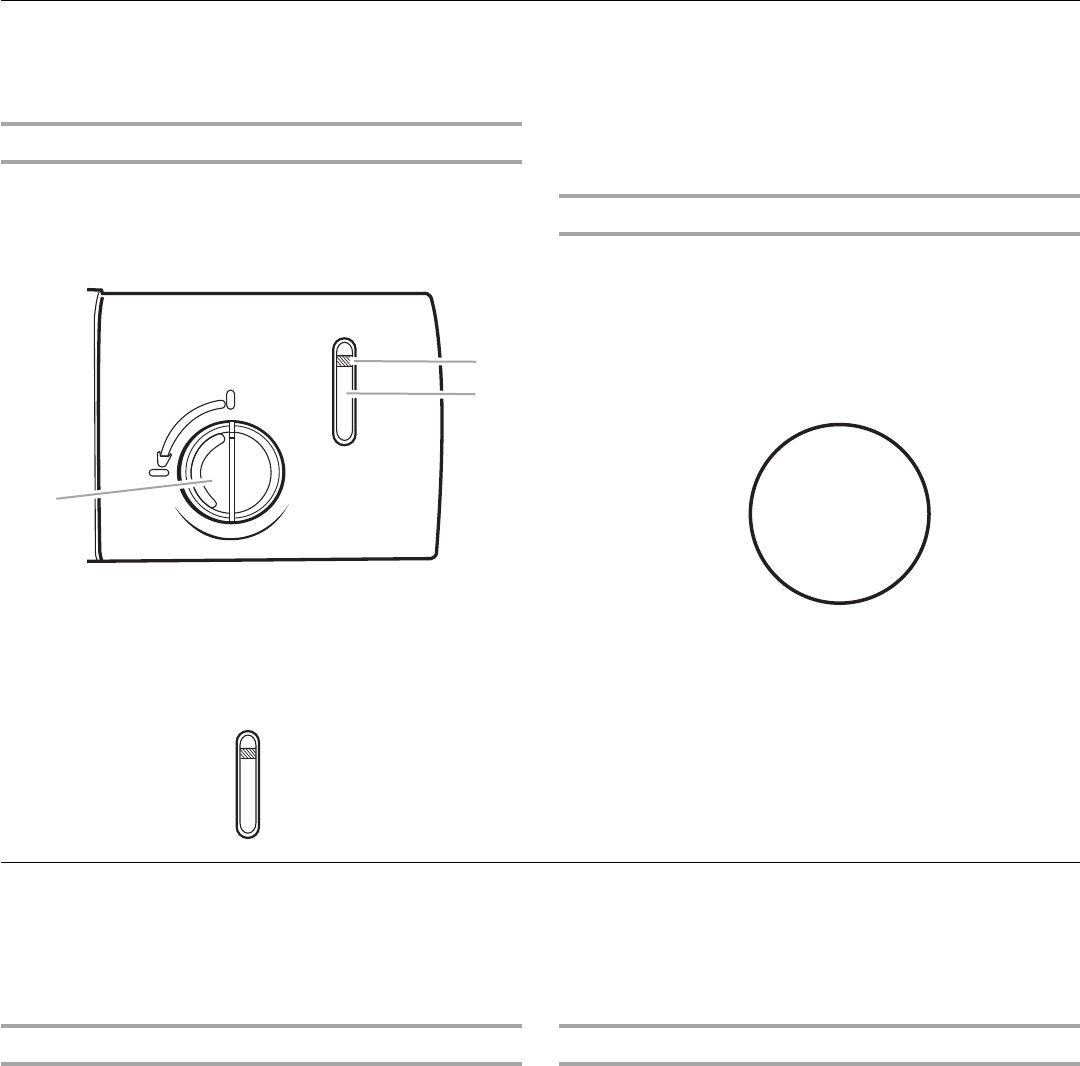
14
Rinse Aid Dispenser
IMPORTANT: Your dishwasher is designed to use a liquid rinse aid. The use of rinse aids greatly improves drying by allowing water to
drain from the dishes after the final rinse. They also keep water from forming droplets that can dry as spots or streaks. Do not use a
solid or bar-type rinse aid.
Filling the dispenser
The rinse aid dispenser holds 5 oz (150 mL) of rinse aid. Under
normal conditions, this will last for about 1 to 3 months.
1. Make sure the dishwasher door is fully open.
2. Turn the dispenser knob to “Open” and lift it out.
3. Pour rinse aid into the opening until the indicator points to
“Full.” Take care not to overfill. (When the rinse aid indicator
drops to the “Add” level, add more rinse aid.)
4. Clean up any spilled rinse aid with a damp cloth.
5. Place the knob back into the opening and turn to the “Lock”
position.
Rinse aid setting
The amount of rinse aid released into the final rinse can be
adjusted. For most water conditions, the factory setting of 2 will
give good results. If you have hard water or notice rings or
calcium spots on your glasses or dishes, try a higher setting.
To adjust the setting
1. Remove the dispenser knob.
2. Turn the arrow adjuster inside the dispenser to the desired
setting by either using your fingers or inserting a flat-blade
screwdriver into the center of the arrow and turning.
3. Replace the dispenser knob.
Dishwasher Efficiency Tips
Hot water dissolves and activates the dishwashing detergent. Hot water also dissolves grease on dishes and helps glasses dry spot-
free. For best dishwashing results, water should be 120°F (49°C) as it enters the dishwasher. Loads may not wash as well if the water
temperature is too low. Water that is too hot can make some soils harder to remove and cause certain detergent ingredients not to
function. If your water heater is located far from the dishwasher, it may be necessary to run the hot water at the faucet closest to the
dishwasher to minimize the amount of cold water in the water line.
To check water temperature
1. Run hot water at the faucet closest to your dishwasher for at
least 1 minute.
2. Place a candy or meat thermometer in a glass measuring
cup.
3. Check the temperature on the thermometer as the water is
running into the cup.
Additional efficiency tips
■ To save water, energy and time, do not rinse dishes before
putting them into the dishwasher.
■ Use a delay feature to run your dishwasher during off-peak
hours. Local utilities recommend avoiding heavy usage of
energy at certain times of day.
■ During the summer, run your dishwasher at night. This
reduces daytime heat buildup in the kitchen.
■ Use a rinse aid to improve drying.
■ Use cycles or options that add extra heat to the wash or rinse
portion of the cycle only when needed.
■ If your home is equipped with a water softener, you may want
to avoid starting the dishwasher during the regeneration of
the softener, since this may contribute to poor wash
performance.
A.Dispenser knob
B.Indicator
C.Indicator window
USE RINSE AID FOR
BETTER DRYING
Lock
Open
Full
Add
A
B
C
Full
Add



